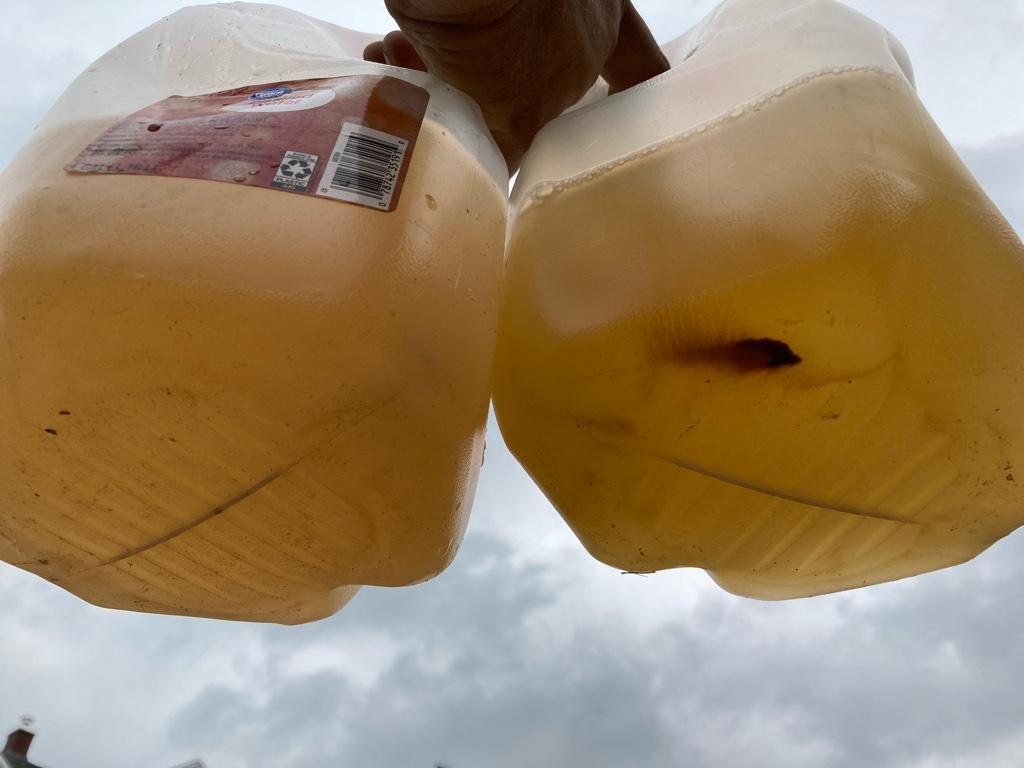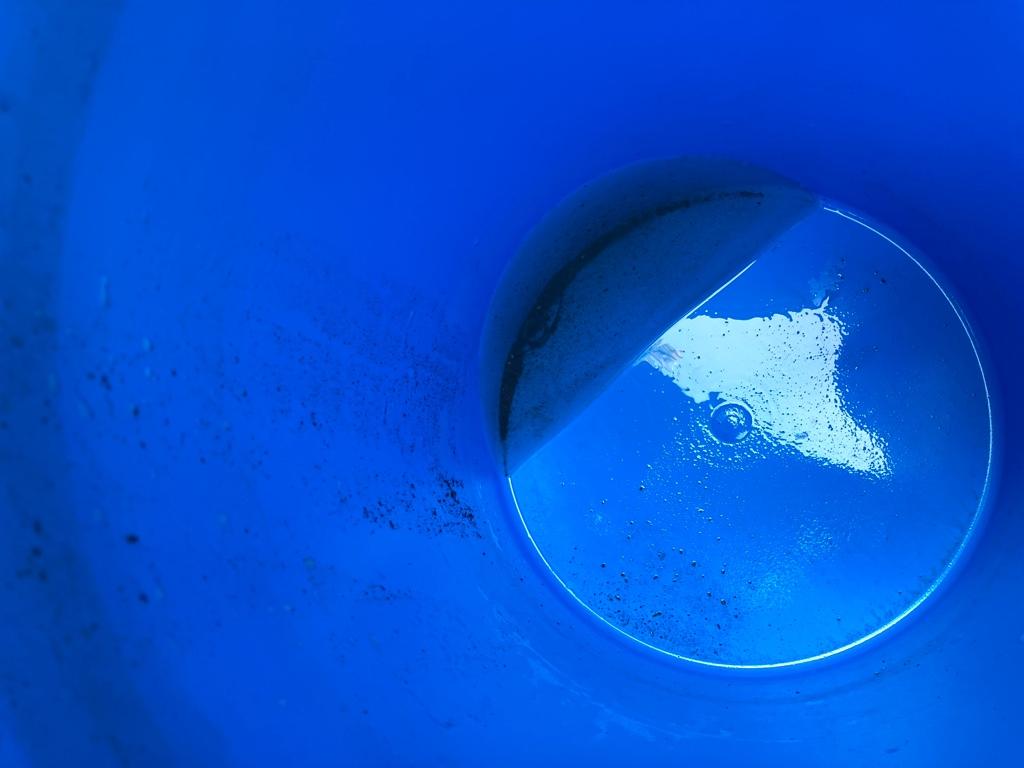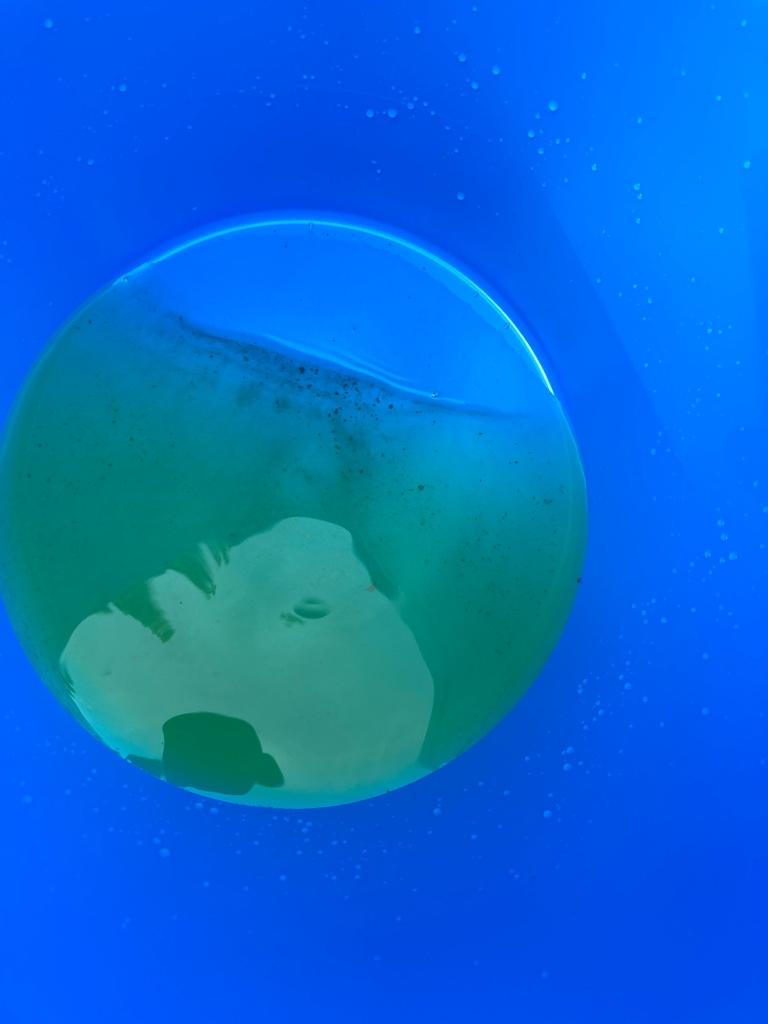Before i did my upgrade, my flush and fill came out looking like this. I dont think it was ever backflushed, or if it was someone dumped stop leak in it for the leaking heater core.
Fwiw, drain and fill with a quart of CLR in a “dry” system before upgrading (backlfush all coolant out with water until clear, then fill). Make sure to thoroughly backflush the CLR out (i did a couple rounds of this, finishing off with a distilled water flush twice and refill with 50/50 zerex g05 and distilled water). When you stop seeing soapy bubbles in the fill neck its done. When the flush water comes out clean, you are done.
Before all this, the gauge sat halfway between 210 and the next hash mark on the gauge (~225*F est. temp). Now around 200-205.
Sent from my iPhone using Tapatalk



